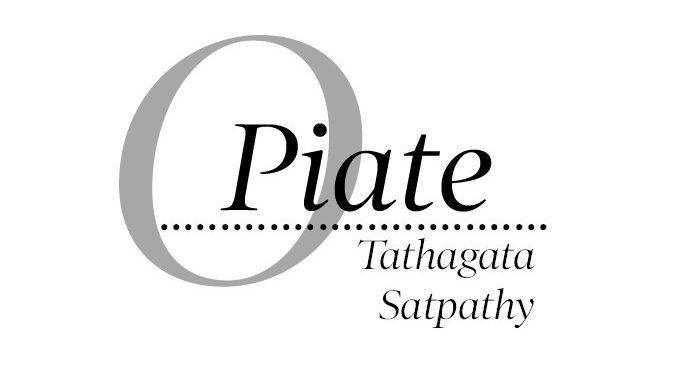The delusion creating statement by India that it has reached an accord with China which will imply withdrawal of combatants of both countries from Patrolling Point 15 in Eastern Ladakh will certainly go down well with the applauding domestic crowd. No one will question whether this was the point where both sides faced each other in 2014. It is to be noted that this point was well within Indian territory previously. Indian Army’s withdrawal means vacating territory that always belonged to India. The Army has gradually but persistently been pushed back by the People’s Liberation Army (PLA) over the past few years. This withdrawal is an open relinquishment of Indian land. The PLA, on the other hand, would be interested to bring the boiling situation to a lower simmering scenario since it has a much greater threat brewing in the Taiwan Straits.
Domestic politics of bravado and belligerence has convinced the average Indian that the nation and its armed forces are equipped and capable to face and defeat both China and Pakistan together. This dangerous misconception is clearly exposed in a survey conducted for Stimson Center which shows unnatural nationalistic sentiment at a dangerous new high. This survey shows that about 90 percent of Indians feel that their country would defeat Pakistan in the event of a war, while 72 per cent believe that India would defeat China in a war. Admittedly, a nation with a high morale is always better equipped to meet aggression and war. One of the best current examples is Ukraine which, according to today’s reports, has been able to not only slow down but effectively turn the tide of war, no matter how temporary, and is pushing the Russian army back. While Ukraine’s patriotism and persistence needs to be admired, it has also to be noted that plenty of arms, ammunition and other help is pouring in for that country from the Western world, especially the US. Modern warfare hinges on tactics but also on firepower. It now has started depending a lot more on electronic and drone based technology to add an edge that was not required earlier.
In India’s case, it is not the ability of the armed forces that can be questioned. Their valour and determination have stood the test of extremely difficult times in the past and our combatants have always come out with flying colours. The problem for India that should bother every citizen is centred on equipment, tactical weapons, sufficient ammunition and the logistics required for withstanding the pressures of prolonged warfare. Apart from the need of hardware, the most important aspect of modern warfare is foreign policy. Again, let us take a look at Ukraine whose President Zelenskyy has spent a great deal of time, energy and intellect to reach out to and build bridges with all countries across the globe singlehandedly. Our Prime Minister, in his preliminary 3-4 years had attempted to build personal rapport with world leaders but, unlike Ukraine, India today has no friends who would stand by it in case of a military engagement. This holds true even with every immediate neighbour including Bangladesh. The gross failure of foreign policy is going to be a huge impediment for India. The current arch foe of China is the US. With this fact in the backdrop, it must be noted that America is unlikely to come to India’s help after the recent political and strategic missteps taken by New Delhi. The Prime Minister’s involvement in the last US election and open support for Donald Trump would be rankling in the minds of the US Democrats. Added to this is the more recent event of India unwilling to condemn Russia for its invasion of Ukraine. Such acts have acutely distanced India from the West.
Then comes the issue of ‘Make in India’ where weapons and ammunition for the armed forces are expected to be domestically produced. Limitations on imports of weaponry and critical parts have already been put in place without considering the unavailability of local production strength. Unfortunately, India does not have a Northrop Grumman, Lockheed Martin, Raytheon or even a Dassault. The government owned arms manufacturing units such as HAL, IOF and all shipyards have been completely neglected and demoralised over the past decade. Huge private companies such as Adani and Tata have studiously kept themselves away from the field of production of military equipment and the reasons for this are not difficult to understand. Yet it is these few massive Indian corporates which have benefitted the most from the tax payers’ money. In a critical war situation, India will be incapable of arming and supporting its forces for any extended period. If no external help comes in huge quantities, Indian military could be left helplessly disarmed in front of a mighty Dragon.







































